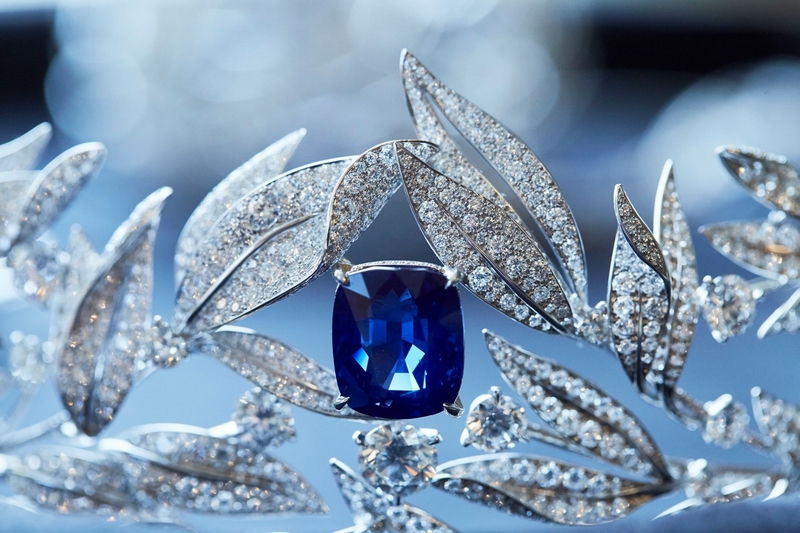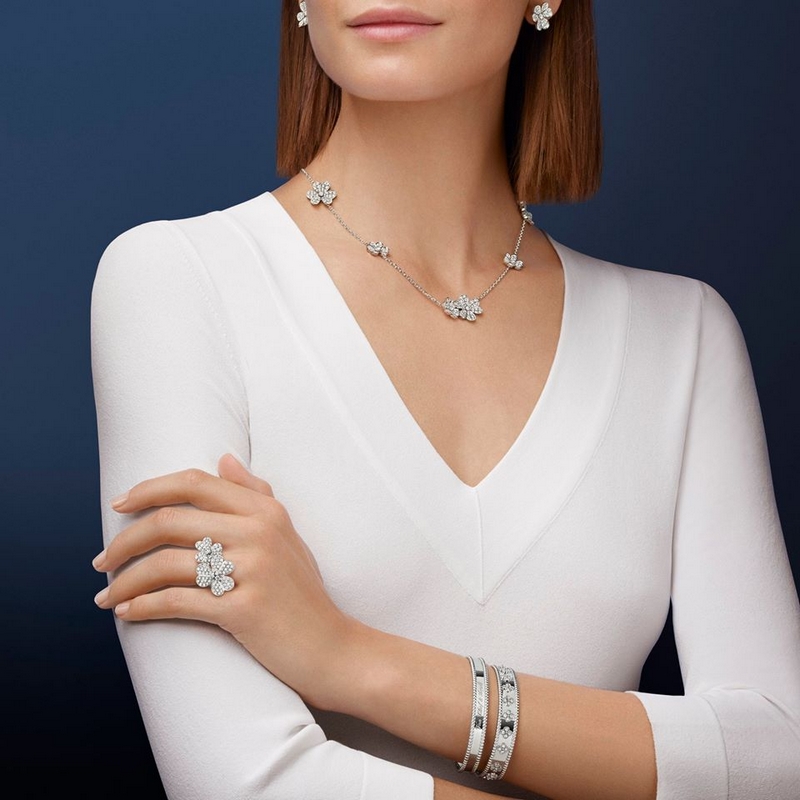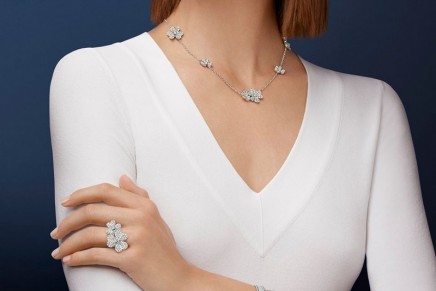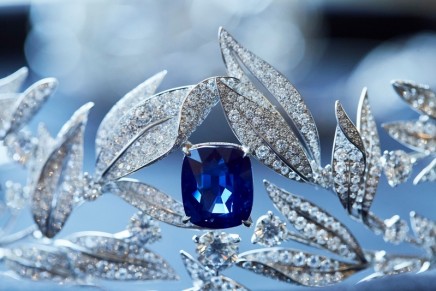Sales of rough diamonds are expected to fall by as much as 25 percent, according to the ninth annual global diamond study. How the diamond industry will emerge from the crisis in 2020, most likely stronger than before… Report.
The ninth annual global diamond study from Bain & Company and the Antwerp World Diamond Centre finds softer demand for both polished and rough diamonds globally.
The global diamond industry has struggled to maintain buoyancy in the first three quarters of 2019. The short-term decline is driven by changes in the two largest markets, the United States and China, with retail sales dipping as a result of decreasing consumer confidence and geopolitical uncertainty. Even though local currency sales are expected to remain stable, the depreciation versus US dollars could result in an expected 2 percent drop in global
diamond sales in 2019, pending final holiday sales numbers. Additionally, sales of rough diamonds are expected to fall by as much as 25 percent. These are the key findings from the ninth annual report on the global diamond industry prepared by the Antwerp World Diamond Centre (AWDC) and Bain & Company.
“Despite several short-term challenges, we expect a positive outcome for the diamond market in the long-term,” said Olya Linde, a partner with Bain & Company and lead author of the report. “First, though, the industry has to weather some uncertainty in 2019 and 2020, due to continued geopolitical instability, strong signs of an impending recession and limited marketing support, especially for nonbranded and lower-end jewelry. On the other hand, the
branded luxury diamond jewelry segment, which accounts for about 15 percent of the total diamond jewelry market, is expected to perform well, growing at high single digits – in line with the growth of personal luxury goods.”
“Learning from past diamond industry recessions, we foresee a resolution in the next two years,” said Linde. “Assuming the industry deploys appropriate marketing support, and barring any unforeseen economic or political shocks, it will rebalance. The most effective campaigns will target the mass market, which branded advertisers do not traditionally cover.”

Korean actress SonHye Kyo attending the Maison’s Gala Diner for the reopening of the Chaumet Lotte Avenuel boutique in Seoul. The Maison’s ambassador wore for the occasion different High Jewellery pieces from Chaumet’s iconic Joséphine collection. @chaumet
Last year, global production fell 3 percent to 147 million carats, following a record-breaking production year in 2017.
A 26 million–carat production increase in 2017 was the largest single-year volume increase since 1986, and it created a surplus that affected the entire value chain. As a result, inventory in the mining and midstream markets increased through 2019. Prices and revenues declined in both segments in 2019 despite only a slight decrease in consumer demand. Assortment sales shifted toward smaller stones in 2019, which also contributed to lower sales. In 2019, production is expected to drop an additional 4 percent.
In 2018, cutting and polishing revenue grew 3 percent, supported by a healthy increase in consumer demand for diamond jewelry. However, polished diamond sales are expected to drop 10 percent to 15 percent by the end of 2019 because of slowing demand for diamond jewelry globally, lower diamond content in jewelry designs, inventory optimization by major retailers and declining available financing for midstream players.
According to the report, four trends have the highest potential to impact the industry in the near term:
1. Rapid growth of online sales channels:
At just 5 to 10 percent, the share of online diamond jewelry sales lags behind other consumer products. However, e-commerce is accelerating, and major diamond jewelry retailers in the US and China increased their online sales to 13 and 11 percent, respectively.
2. Increased marketing spending to support the natural diamond industry:
Mining companies increased their marketing efforts, both brand-focused and generic, and raised marketing budgets to historically high levels. In 2019, more than $200 million was invested in diamond industry marketing, including $70 million to $80 million of generic marketing channeled through the Diamond Producers Association.
3. Developments in lab-grown diamonds:
In 2018 and 2019, production of lab-grown diamonds increased 15 to 20 percent, with majority of the growth coming from China. As the lab-grown market evolves, several business models are emerging. Chinese companies primarily use high-pressure, high-temperature (HPHT) technologies to produce rough diamonds, competing on lowest production cost. In the US, companies are pursuing a vertically integrated business model by selling premium
branded jewelry.
4. Increased focus on the environment and sustainability:
Both consumers and investors are demanding more transparent and environmentally responsible practices. Multiple industry initiatives are focused on pipeline transparency and traceability, which could increase the confidence of both lenders and consumers. Midstream operations may become more transparent and more efficiently managed as a result.






